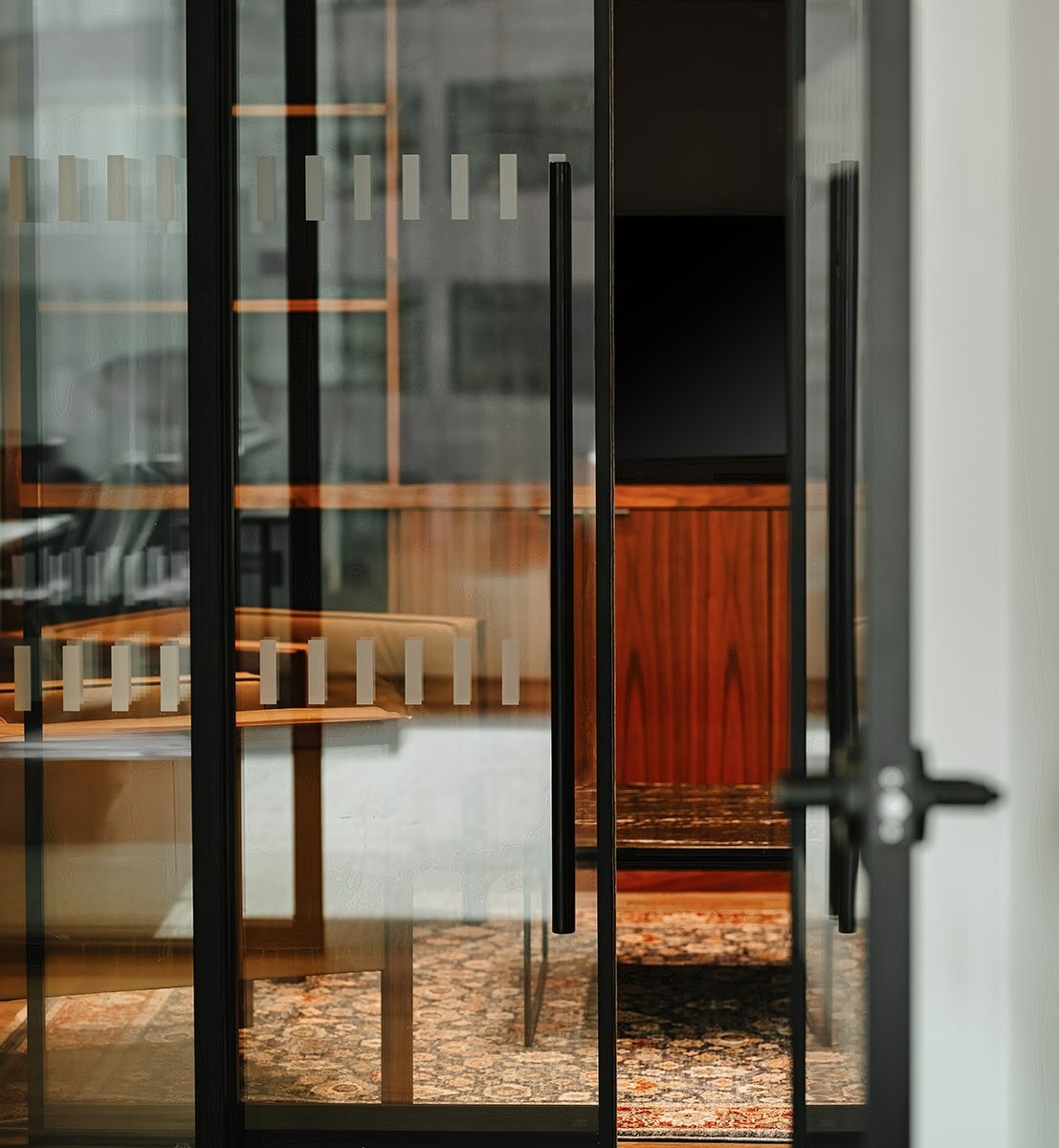Custom Interior Glass for Any Commercial Space
Advanced Fabrication
We've been crafting high-quality glass for commercial interior office projects for nearly a century.
At our state-of-the-art facility in Arkansas, our experienced team provides:
- Precision cutting and shaping
- Advanced tempering processes meeting ASTM standards
- Custom edgework and polishing
- UV bonding
Unmatched Service & Responsiveness
- Expert project guidance at every step
- In-house engineering department
- Rigorous quality control
- Custom crating and on-time delivery


"They’re willing to figure it out and go above and beyond."
Jake Schopp, Partner And Cofounder, Icon Architecture + Fabrication
Applications
Get a Quote
Glass Walls & Partitions
Fully customizable framed and frameless interior glass walls and modular partitions include:
- Tempered safety glass options
- Custom sizing and configurations
- Multiple finish options
Conference Room Enclosures
Client meeting spaces spring to life with:
- Premium glass
- Integrated branding elements
- Acoustic glass for enhanced privacy
Decorative Elements
Brand and design options include:
- Back-painted glass
- Sandblasting and silk-screening
- Brand-matched aesthetics and patterns
The Dillmeier Advantage
With decades of experience, Dillmeier has turned the art of commercial glass fabrication into a science:
- Made in the USA in our 150,000-square-foot manufacturing facility
- Industry-leading 1.01% replacement rate
- In-house engineering department for complex challenges
- Specialized crating for stress-free delivery
- Nationwide project management capabilities
- Continuous investment in manufacturing technology

